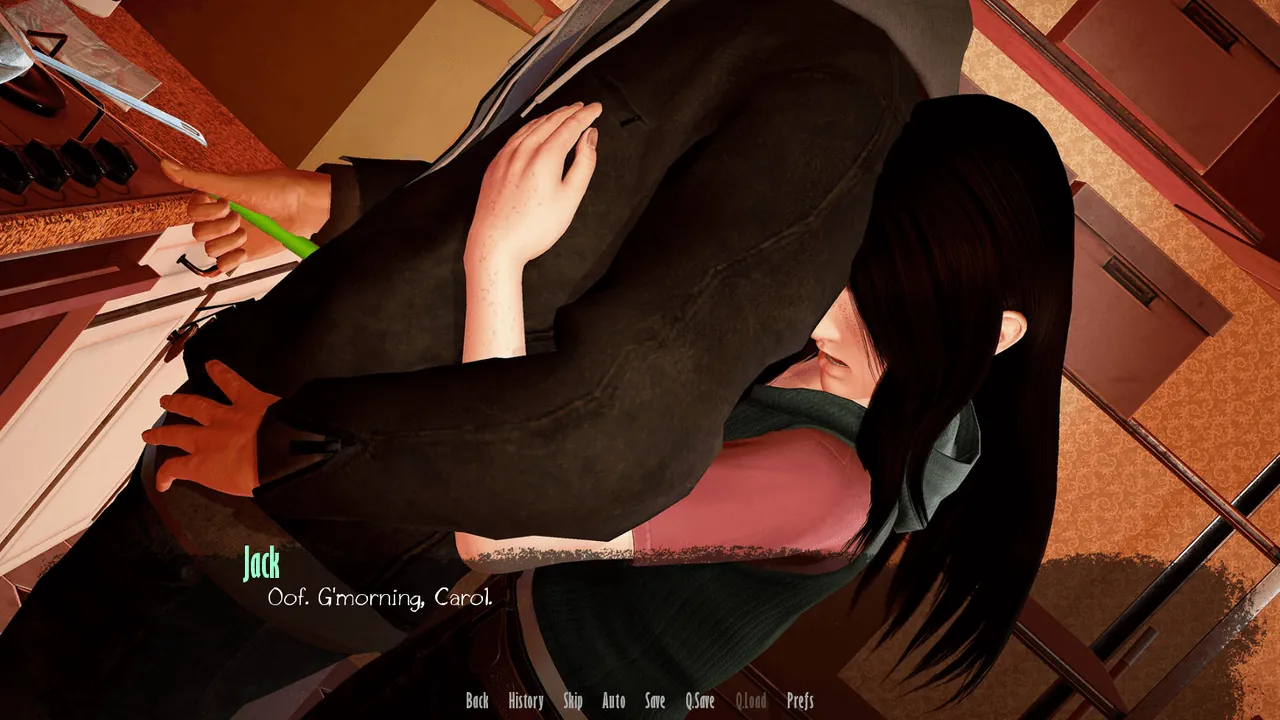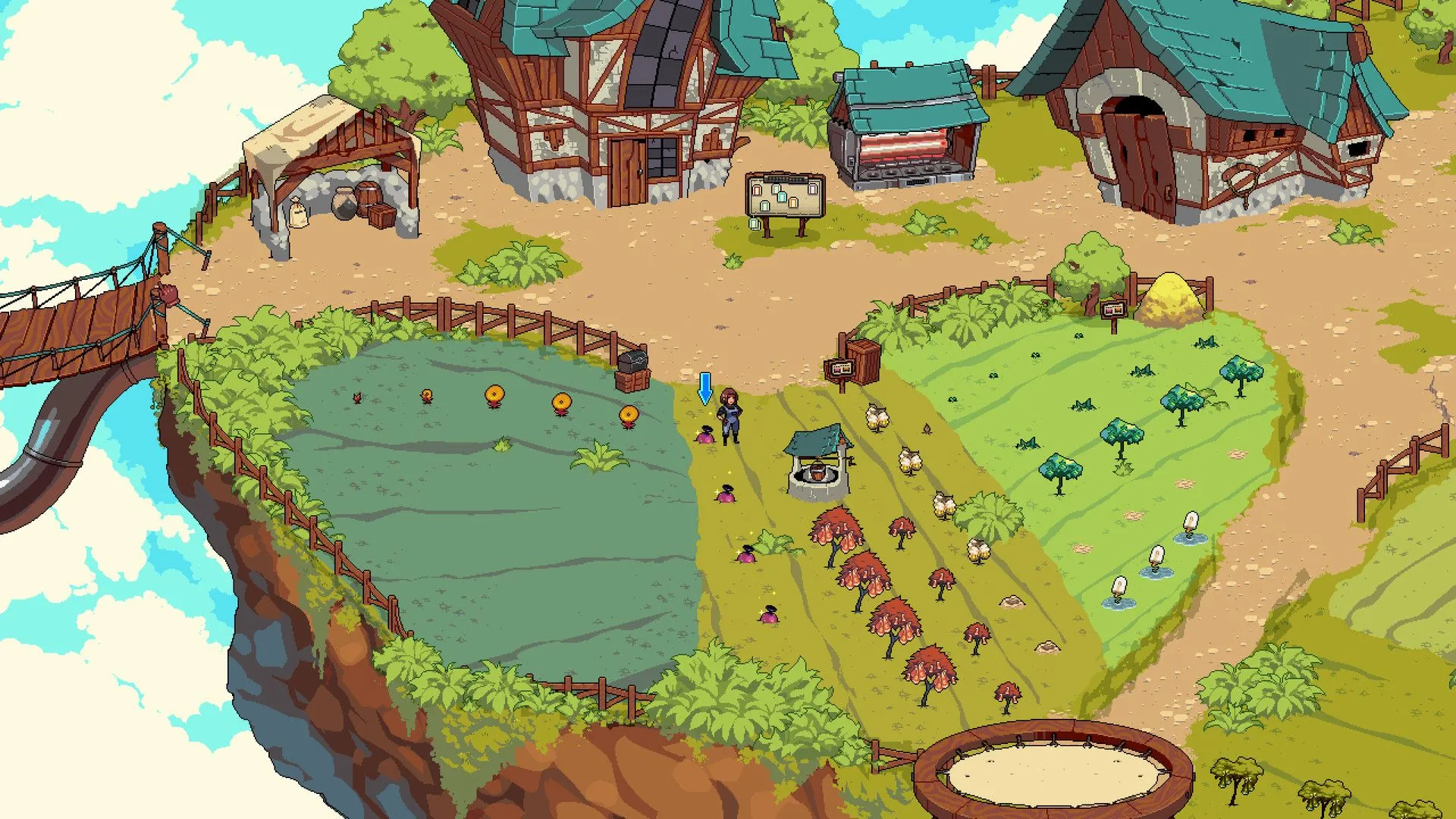
The Awakening
Play The Awakening
The Awakening review
Explore gameplay mechanics, storylines, and what makes this visual novel stand out
The Awakening represents a unique entry in the visual novel gaming landscape, combining narrative-driven gameplay with character-focused storytelling. This guide explores what makes The Awakening distinctive, from its branching dialogue system to its immersive character interactions. Whether you’re new to visual novels or a seasoned player, understanding the core mechanics and features of The Awakening will enhance your gaming experience. This comprehensive overview covers everything from basic gameplay elements to advanced features that set this title apart from mainstream mobile and PC games.
Understanding The Awakening: Core Gameplay & Features
If you’re like me, you’ve probably spent hours scrolling through game stores, tired of the same old shooters and open-world grindfests. 🎮 You’re craving something with substance, a story that pulls you in and makes you feel something. That’s exactly where I found myself before discovering The Awakening visual novel. This isn’t just a game; it’s an experience that places you squarely in the driver’s seat of a compelling, emotional narrative.
I remember my first session. I sat down expecting a simple story, and two hours vanished in what felt like minutes. I wasn’t just pressing buttons; I was making choices that felt genuinely weighty, building relationships with characters that seemed real. This is the magic of this particular interactive storytelling game. It’s built for those of us who believe that the most powerful conflicts aren’t always solved with a sword or a gun, but with a carefully chosen word. Let’s dive into what makes this experience so unique. ✨
What Defines The Awakening’s Gaming Experience
At its heart, The Awakening is a masterclass in narrative-driven game mechanics. Forget complex control schemes; your most powerful tools here are your perception, your empathy, and your decisions. The core loop is deceptively simple: you read beautifully presented text, admire stunning artwork, and make choices at key junctures. But beneath that simplicity lies a deep, complex web of cause and effect that makes every playthrough uniquely yours.
The primary gameplay revolves around its brilliant branching dialogue system. This isn’t just about picking a “nice,” “neutral,” or “mean” response. The options you’re presented with are nuanced, reflecting different philosophies, attitudes, and relationship-building strategies. I once spent a full five minutes agonizing over a simple dialogue choice about how to comfort a friend, because the game had made me care so much about the outcome. This level of engagement is the hallmark of superb choice-based storytelling.
What truly sets it apart is the character interactions gameplay. Every character you meet has their own motivations, secrets, and personality. Your choices directly influence how they perceive you, what they reveal to you, and ultimately, the role they play in your story. It’s this focus on relationships that transforms the game from a passive read into an active, participatory drama. You’re not just watching relationships unfold; you’re building them, word by word, choice by choice. 💬
Pro Tip: Don’t try to “game” the system on your first playthrough. Play as you genuinely would. The most rewarding experiences in The Awakening come from seeing the consequences of your authentic decisions.
Visual Design and Artistic Direction
The moment you boot up The Awakening, you’re greeted by its breathtaking anime-inspired graphics. This isn’t a cheap, generic art style; it’s a lovingly crafted world where every background, character sprite, and special effect is rendered with the detail of a premium animation cel. The artists have poured an incredible amount of personality into each character’s design, from the subtle shift in their eyes to the way their posture changes with their mood.
The visual presentation is a crucial part of the narrative-driven game mechanics. A character’s slight frown or averted gaze during a conversation can tell you more about their feelings than any line of text, adding a rich, unspoken layer to the character interactions gameplay. The color palettes shift to match the tone of a scene—warm and vibrant during happy moments, cool and desaturated during times of tension or sadness. This careful attention to visual detail ensures you’re not just reading the story; you’re feeling it. 🎨
I was particularly struck by how the anime-inspired graphics are used during key dramatic moments. The game will often transition to a specially illustrated “CG” scene—a full-screen, detailed piece of artwork that captures a pivotal story beat. Discovering these scenes feels like a reward, a beautiful snapshot of a story moment you helped create. This seamless blend of visual art and interactive narrative is what makes this The Awakening visual novel such a memorable piece of art.
Decision-Making Mechanics and Player Agency
This is where The Awakening truly shines. The game’s core is its unparalleled player agency, delivered through its sophisticated branching dialogue system. You are constantly presented with decisions that feel meaningful, from seemingly minor interactions to major plot-altering choices. The genius of the design is that you often can’t predict the long-term consequences, making every decision a leap of faith that reinforces your connection to the story.
The choice-based storytelling is so intricate that it weaves a unique narrative path for every player. Let me give you a real example from my own playthrough:
Example: The Rival’s Offer
Early in the story, a rival character, Kaelen, approaches you with a potentially shady business proposition. You have several dialogue options:
* Option A (Aggressive): “I want no part of your schemes. This conversation is over.”
* Option B (Cautious): “I’ll need to see the details in writing before I even consider this.”
* Option C (Accepting): “This is a risky move, but the potential reward is too good to pass up.”
In my first playthrough, I chose the cautious route (B). This led to a series of scenes where Kaelen and I drafted a contract, building a relationship of tense, mutual respect. He became a valuable, if unreliable, ally.
Out of curiosity, I replayed the chapter and chose the accepting route (C). This immediately pulled my character deeper into the underworld of the story, unlocking entirely new locations and characters I never saw before, but also making me permanently suspicious in the eyes of the law. The aggressive option (A) completely shut down that story branch, but made a different, more lawful faction trust me implicitly. This single choice didn’t just change a line of dialogue; it rerouted the entire mid-game narrative and my available allies. 🤯
This is the power of its interactive storytelling game design. It understands that our identities are shaped not by one big decision, but by hundreds of small ones. The game tracks your choices, both big and small, building a hidden “relationship meter” and “story flag” system that determines which scenes you see, which endings are available, and how characters treat you.
This focus on narrative-driven game mechanics over action creates a uniquely personal experience. Your version of the story is yours. Your successes feel earned because you argued, empathized, and reasoned your way to them. Your failures sting because they were a result of your own miscalculations or moral compromises. It’s a powerful demonstration of how choice-based storytelling can create a deeper sense of immersion than any reflex-based challenge.
| Gameplay Feature | The Awakening (Narrative Focus) | Traditional Action Game |
|---|---|---|
| Primary Player Input | Decision-making, dialogue selection, relationship management | Button combos, aiming, movement precision |
| Core Challenge | Moral dilemmas, strategic conversation, emotional intelligence | Enemy patterns, resource management, platforming |
| Progression System | Unlocking narrative branches, deepening character relationships, discovering new story outcomes | Increasing character stats, acquiring new weapons/abilities |
| Player Agency | Shapes the narrative, character fates, and ultimate ending through cumulative choices | Shapes combat style and exploration, but often follows a fixed main storyline |
Ultimately, The Awakening visual novel is a testament to the power of stories. Its incredible anime-inspired graphics draw you into its world, while the deep character interactions gameplay and sophisticated branching dialogue system make you an integral part of it. By prioritizing player agency and choice-based storytelling, it delivers an experience that is not just played, but lived. It’s a journey that stays with you long after you’ve put it down, inviting you back to discover the countless stories you have yet to unlock. 🔑
The Awakening stands out in the visual novel landscape by prioritizing narrative depth, character relationships, and player agency through meaningful dialogue choices. The game’s combination of hand-drawn anime-inspired artwork, branching storylines, and decision-based gameplay creates an immersive experience that appeals to players seeking interactive storytelling over action-focused mechanics. Recent updates have further enhanced the experience through expanded storylines, improved audio design, and optimized performance across devices. Whether you’re drawn to the personal growth themes, character interactions, or the freedom to shape your own narrative path, The Awakening offers a compelling gaming experience. For players interested in exploring visual novels with substantial narrative content and meaningful character development, The Awakening deserves a place in your gaming library. Start your journey today and discover how your choices shape the story.




















